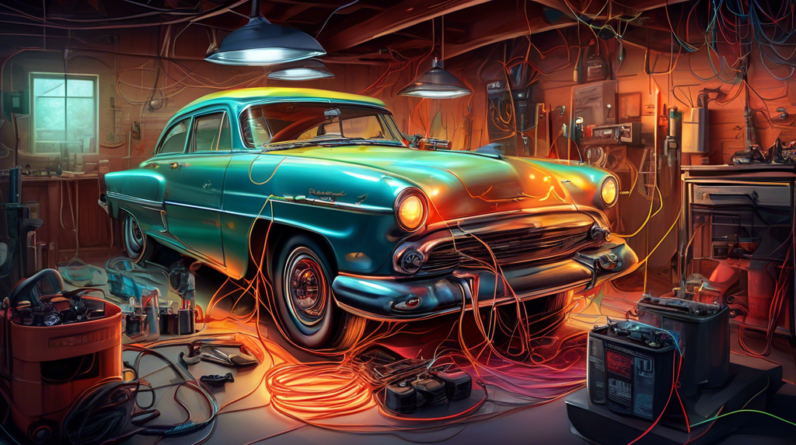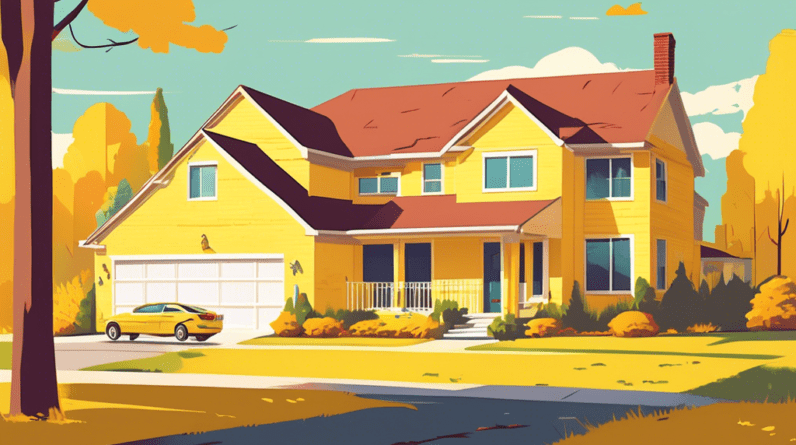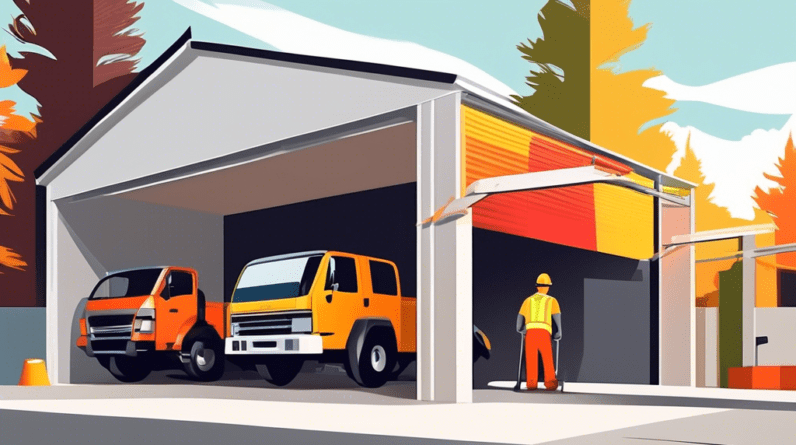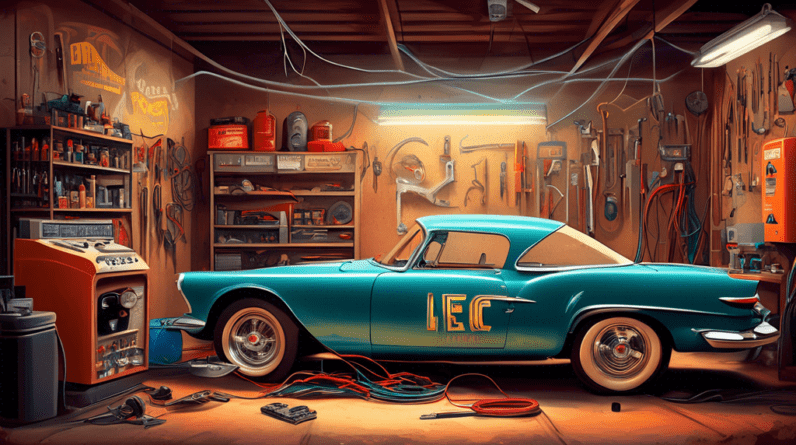
Revving Up for the Future: Cars Converted to Electric Power at Cape Girardeau Garage
In the heart of the Midwest, a quiet revolution is brewing. Cape Girardeau, Missouri, known for its rolling hills and historic charm, is now home to a garage at the forefront of the electric vehicle (EV) movement. This isn’t your typical shop filled with the roar of engines and the smell of gasoline. Instead, it’s a place where skilled technicians are breathing new life into classic cars, transforming them from gas-guzzlers to eco-friendly cruisers.
From Combustion to Electric Dreams: The Conversion Process
The process of converting a car from gasoline to electric power is a complex but fascinating one. It’s not as simple as swapping out the engine – it’s a complete overhaul that requires expertise, precision, and a deep understanding of both automotive mechanics and electrical engineering. Here’s a glimpse into the transformation:
- Evaluation: The journey begins with a thorough evaluation of the donor vehicle. Not every car is an ideal candidate for conversion. Factors like chassis compatibility, weight distribution, and overall condition are assessed to determine feasibility.
- Gutting the Gas Guzzler: Once deemed suitable, the car is stripped of its internal combustion engine, transmission, exhaust system, and fuel tank – essentially bidding farewell to its gas-powered past.
- Electric Heart Transplant: The heart of the operation involves installing a powerful electric motor carefully chosen to match the vehicle’s size and performance goals. This electric heart will propel the car into its new, eco-conscious life.
- Battery Powerhouse: A crucial decision lies in selecting the right battery pack. This powerhouse determines the vehicle’s range and performance. Factors like voltage, capacity, and weight distribution are carefully considered. The battery pack is strategically integrated into the vehicle’s frame, often utilizing space previously occupied by the gas tank or engine.
- Control System Integration: The brains of the operation involve integrating a sophisticated control system. This system manages the flow of electricity between the battery, motor, and other components, ensuring smooth acceleration, regenerative braking, and optimal performance.
- Putting it All Together: With the core components in place, meticulous wiring and plumbing connect everything seamlessly. The dashboard is often upgraded with digital displays to provide real-time information about battery life, range, and other vital stats.
- Testing and Fine-tuning: The final stage involves rigorous testing and fine-tuning. Every system is checked and rechecked to guarantee safety, reliability, and optimal performance. Once given the green light, the converted car is ready to hit the road, powered by electricity.
Why Convert? The Allure of Electric Conversion
The decision to convert a car to electric power is driven by a confluence of factors, each reflecting a commitment to a more sustainable future:
- Environmental Responsibility: Electric cars produce zero tailpipe emissions, making them a greener alternative to gasoline-powered vehicles. By converting a car to electric, individuals can significantly reduce their carbon footprint and contribute to a cleaner environment.
- Fuel Savings: Saying goodbye to gas stations is a major perk of going electric. The cost of electricity is significantly lower than gasoline, leading to substantial savings over the long term. As fuel prices continue to fluctuate, driving an EV offers a welcome sense of stability and predictability.
- Performance Enhancement: Electric motors deliver instant torque, resulting in exhilarating acceleration and a thrilling driving experience. Converting a classic car to electric can breathe new life into its performance, making it surprisingly quick and responsive.
- Preserving Automotive History: For many classic car enthusiasts, conversion offers a way to preserve automotive history while embracing modern technology. It’s about keeping beloved vehicles on the road, enjoying their timeless designs, and ensuring they remain relevant in an increasingly electric future.
Cape Girardeau: A Growing Hub for EV Conversion?
The emergence of an EV conversion garage in Cape Girardeau is a testament to the growing momentum of the electric vehicle movement, even in less urban areas. This trend is likely driven by several factors:
- Increased Affordability: As EV technology matures, the cost of conversion is becoming more accessible to a wider range of car owners.
- Growing Awareness: Public awareness of the environmental and economic benefits of EVs is on the rise, leading to increased demand for sustainable transportation options.
- Government Incentives: Federal and state tax credits, rebates, and other incentives are making EV conversion more financially appealing. These programs aim to accelerate the adoption of electric vehicles and reduce reliance on fossil fuels.
The Road Ahead: A Glimpse into the Future
The garage in Cape Girardeau is not just converting cars; it’s converting mindsets. It’s proving that embracing electric power doesn’t mean sacrificing the joy of driving. As technology continues to advance and battery ranges increase, we can expect to see even more classic cars getting a second life as EVs.
The story of this garage is a microcosm of a much larger transformation taking place in the automotive industry – a shift towards a future where electric vehicles are not the exception, but the norm. And in the heart of the Midwest, Cape Girardeau is quietly leading the charge, one converted car at a time.






